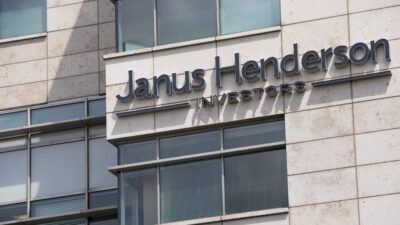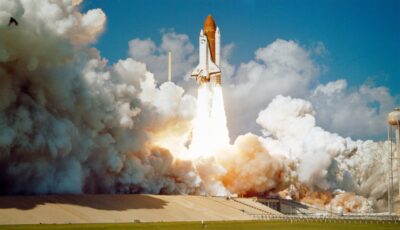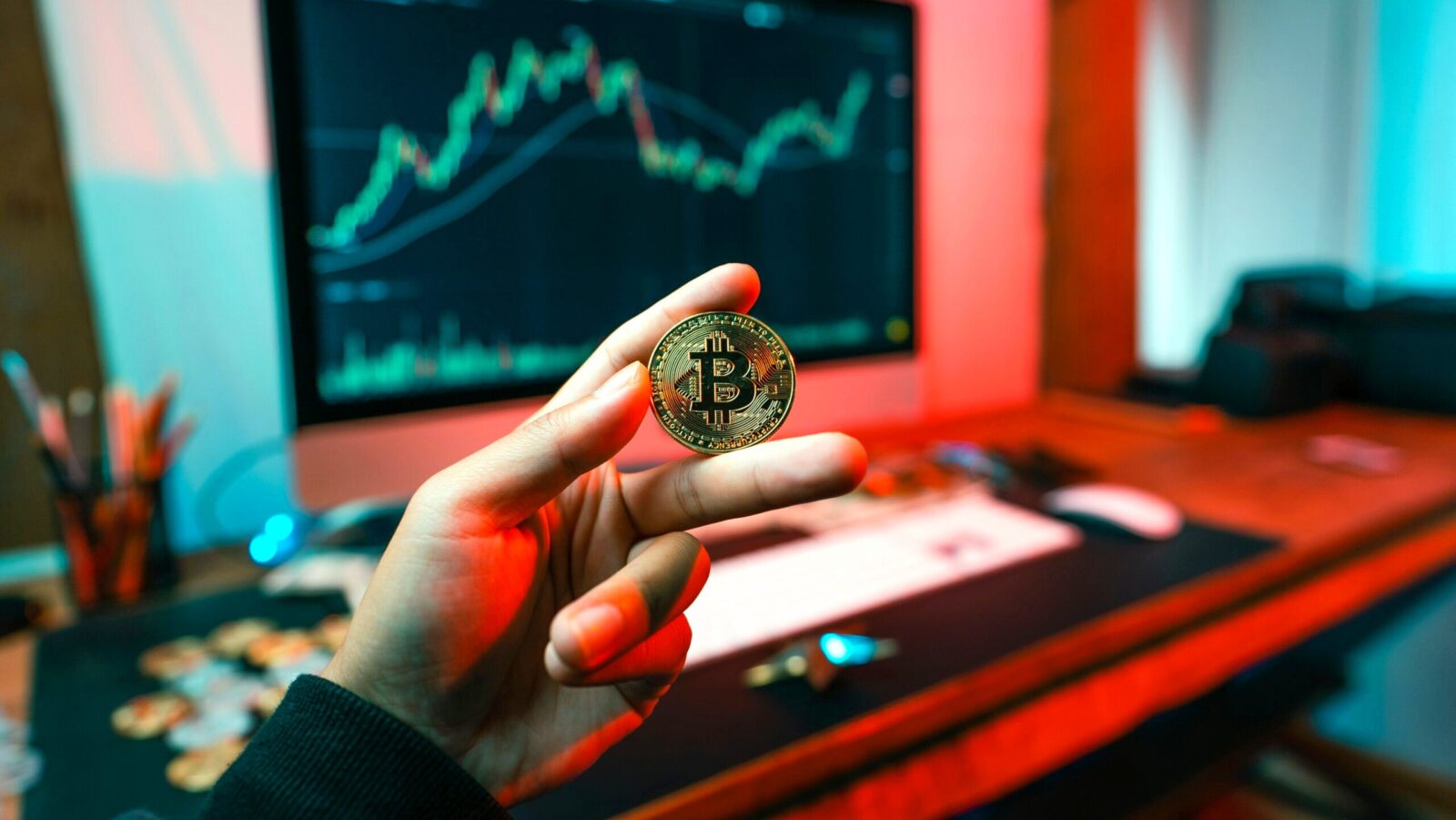International ETFs Are Up 30% This Year
Categories outside of the US are seeing double the returns of the S&P 500, despite high tariffs imposed by the Trump administration.

Sign up for exclusive news and analysis of the rapidly evolving ETF landscape.
Sometimes all it takes is a phone call.
The iShares MSCI Brazil ETF took in $285 million in investor assets in the week leading up to President Trump’s call on Monday with Brazilian President Luiz Inacio Lula da Silva to reportedly discuss the possibility of lowering tariffs. According to figures from Bloomberg, it marked the first net inflows into the funds since the 50% tariffs on goods from Brazil were announced in July. It didn’t hurt that the ETF is up over 37% year to date, data from VettaFi show, illustrating that while the tariffs may have affected ETF sales, they didn’t necessarily hurt performance. In Brazil’s case, its exports to countries other than the US increased, offsetting the effects of the tariffs, Bloomberg reported.
“You’ve had a pretty strong rally in risk assets over the last six months. India’s been the outlier in what has not worked,” said Todd Sohn, senior ETF and technical strategist at Strategies Securities. “The tariffs haven’t necessarily been a factor for a lot of these single countries.”
International Affairs
India, also facing steep tariffs on US-bound goods, has not been a strong performer this year in the ETF category. The $9 billion iShares MSCI India ETF, for example, has returned 0.23% year to date, VettaFi data show. “While there was a short-term negative reaction, the benchmark Nifty-50 index is up marginally (2%) in local currency terms since the 50% [tariff] rate went into effect,” said Aniket Ullal, head of ETF research and analytics at CFRA Research. “This muted reaction is likely due to the large cap Nifty-50 index being more driven by domestic oriented sectors like financials (36% of the index) and consumer discretionary (12% of the index). Also, critical export-oriented sectors like IT and pharmaceuticals are not subject to the 50% tariffs.”
Meanwhile, China, which has avoided much of the larger tariff rates, has done better. The $10 billion KraneShares CSI China Internet ETF has returned nearly 46%, while the $8.6 billion iShares MSCI China ETF returned 43%. Those figures come as some institutional funds, namely state pension programs, have moved to divest from China, despite the growth prospects.
Nonetheless, investors in single-country funds should be cautious, particularly in emerging markets, Sohn said. “The US has always been a set-it-and-forget-it market, but with other countries, in the emerging space, you have to watch more frequently,” he said.
Performance is similar for some of the biggest ETFs with regional or international exposures:
- The $28 billion Vanguard FTSE Europe ETF has returned 31% year to date.
- The $181 billion Vanguard FTSE Developed Markets ETF is up 30% this year.
- The $8 billion Vanguard FTSE Pacific ETF is up 29% year to date.
Change It Up: While emerging markets can help diversify portfolios, it’s notable that investors “are starting to take some risk off the table” this year, Sohn noted. Allocating to Europe and Japan currently gives more value and industrials than the US, which “is very tech and growth dependent,” he said.











